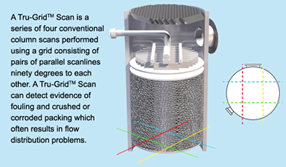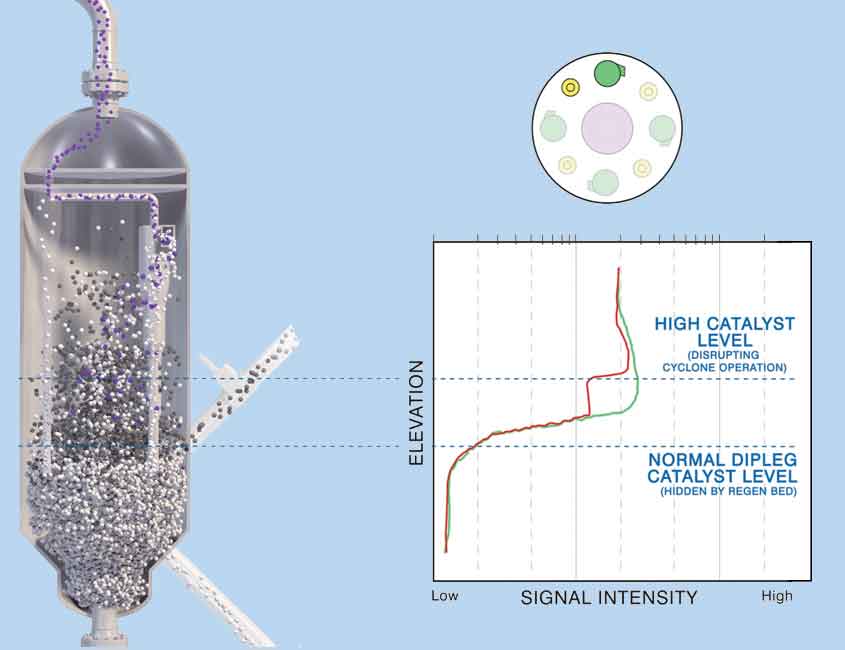The crude unit of today’s modern refinery is where it all starts. Good, clean fractionation from the crude atmospheric and crude vacuum towers greatly impacts the operation of downstream units.
The wash bed in the Crude vacuum tower is one of those so-called evil necessities. When it operates well, it does not seem to garner much attention but, when things go wrong challenges can occur. The wash bed of the Crude vacuum tower is prone to coking/fouling due to the low liquid rates along with high vapour rates and high temperatures. Generally, the wetting rate at the top of the wash bed is minimised to prevent high-value product loss, but lower wetting rates lead directly to coke formation in the bed. The operating condition or the rate and severity of coking in the Crude vacuum tower wash bed is also one of the key variables determining the cycle time or run length between turnarounds. So, the typical refiner works to balance the economics of product Heavy Vacuum Gas Oil (HVGO) recovery versus unscheduled or premature downtime to replace a coked bed.
Marathon Petroleum Company LP’s (MPC) approach for operation of the vacuum tower wash bed is based on a novel approach. MPC regards the packing in the wash bed as a consumable item. The goal – fully consume the useful life of the packing by the end of the operating cycle to maximise operating profit, by maximising HVGO yield. MPC uses Tracerco’s ThruVision™ technology to routinely monitor the wash bed density to help manage the wash bed useful life during the operating cycle. The ThruVision™ technology provides a detailed density map at a specific vertical elevation that can pinpoint specific areas of liquid maldistribution or solids/liquid build-up.
This case study shows the learning process over short operating cycles and an example of the operating stratagem to manage the operating life of the vacuum column wash bed over a multi-year operating cycle.
CLICK HERE To download the full article that was published in the April 2017 issue of Hydrocarbon Engineering.




